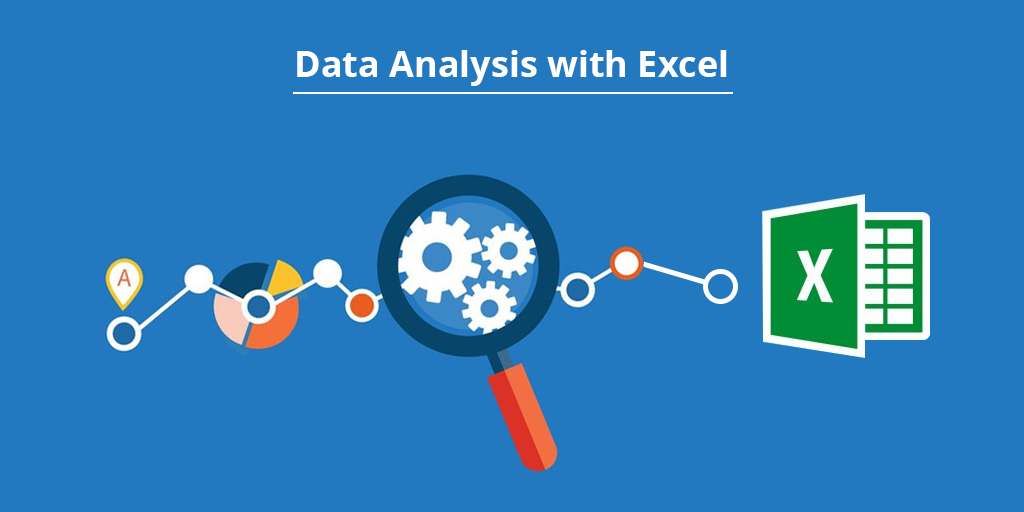Free eBooks for Beginners
Data analysis is the process of reviewing, cleaning, transforming, and modeling data with the goal of discovering useful information, drawing conclusions, and supporting decision-making. Excel is a popular tool used for data analysis due to its versatility and powerful features. The data analysis process in Excel involves several steps, including:
- Data Collection: The first step in the data analysis process is to collect the data that you want to analyze. This data can come from a variety of sources, such as databases, spreadsheets, or text files. It is important to ensure that the data is accurate, complete, and in a format that is easy to work with in Excel.
- Data Cleaning: Once you have collected your data, the next step is to clean it. Data cleaning is the process of identifying and correcting errors, removing duplicate data, and filling in missing values. This step is important because it ensures that your data is accurate and reliable.
- Data Transformation: After cleaning your data, the next step is to transform it into a format that is easier to work with in Excel. This may involve sorting the data, calculating new columns, or pivoting the data to change the structure.
- Data Modeling: Once you have transformed your data, the next step is to create a model that allows you to analyze the data. This may involve creating pivot tables, charts, or using built-in formulas to perform complex calculations.
- Data Visualization: After creating a model, the next step is to visualize the data in a way that makes it easy to understand and analyze. This may involve creating charts, graphs, or other data visualizations that help to bring the data to life.
- Data Interpretation: Finally, the last step in the data analysis process is to interpret the data and draw conclusions. This may involve identifying patterns, making predictions, or testing hypotheses.
In conclusion, the data analysis process in Excel involves several steps, including data collection, cleaning, transformation, modeling, visualization, and interpretation. By following these steps, you can ensure that your data is accurate, reliable, and easy to understand and analyze. Whether you are a beginner or an experienced data analyst, using Excel for data analysis is a valuable skill that will help you to be more effective and efficient in your work.
Excel Data Analysis for Beginner and Data Analyst : Tutorial 02
 Loading...
Loading...
Disclaimer: The information and code presented within this recipe/tutorial is only for educational and coaching purposes for beginners and developers. Anyone can practice and apply the recipe/tutorial presented here, but the reader is taking full responsibility for his/her actions. The author (content curator) of this recipe (code / program) has made every effort to ensure the accuracy of the information was correct at time of publication. The author (content curator) does not assume and hereby disclaims any liability to any party for any loss, damage, or disruption caused by errors or omissions, whether such errors or omissions result from accident, negligence, or any other cause. The information presented here could also be found in public knowledge domains.
